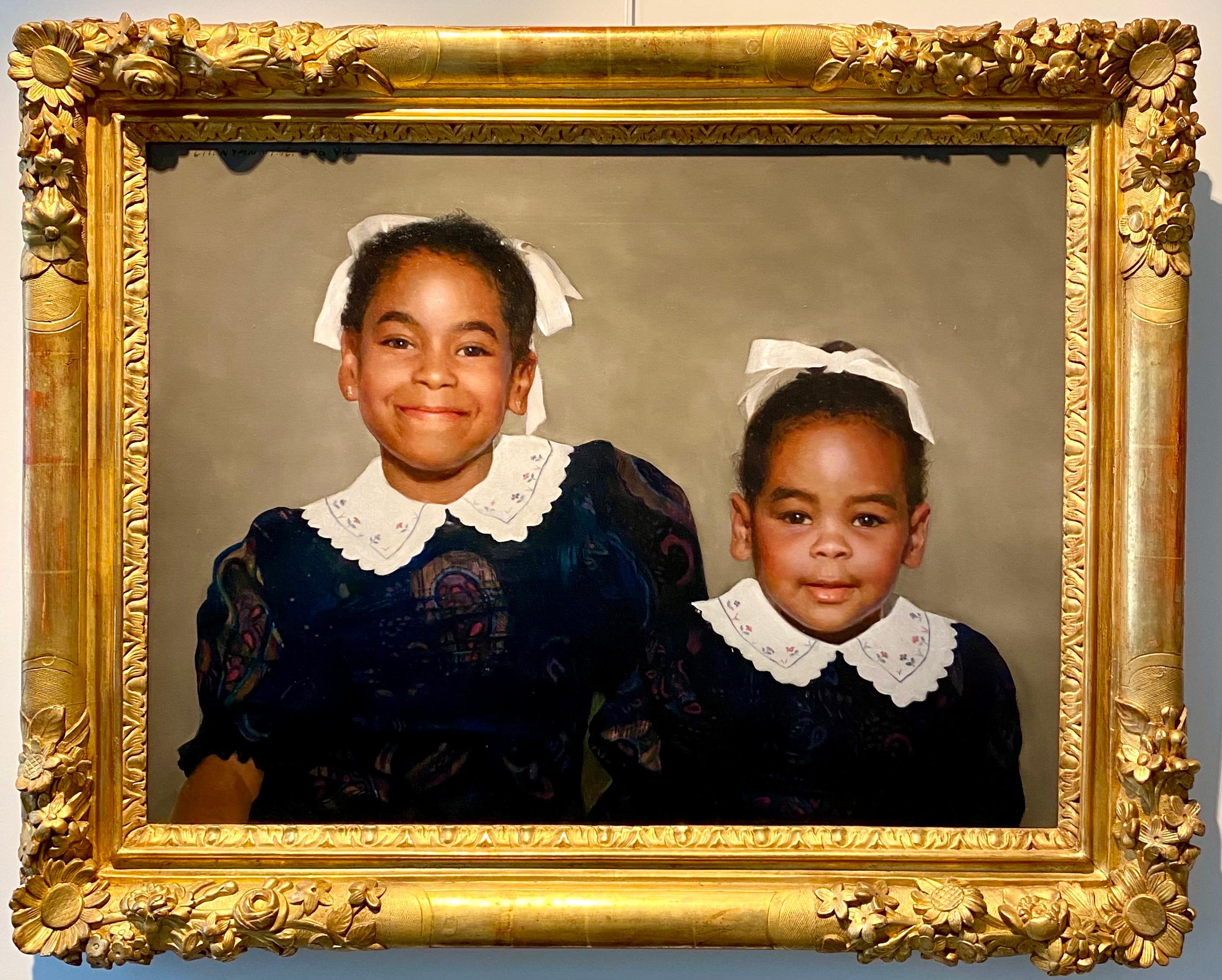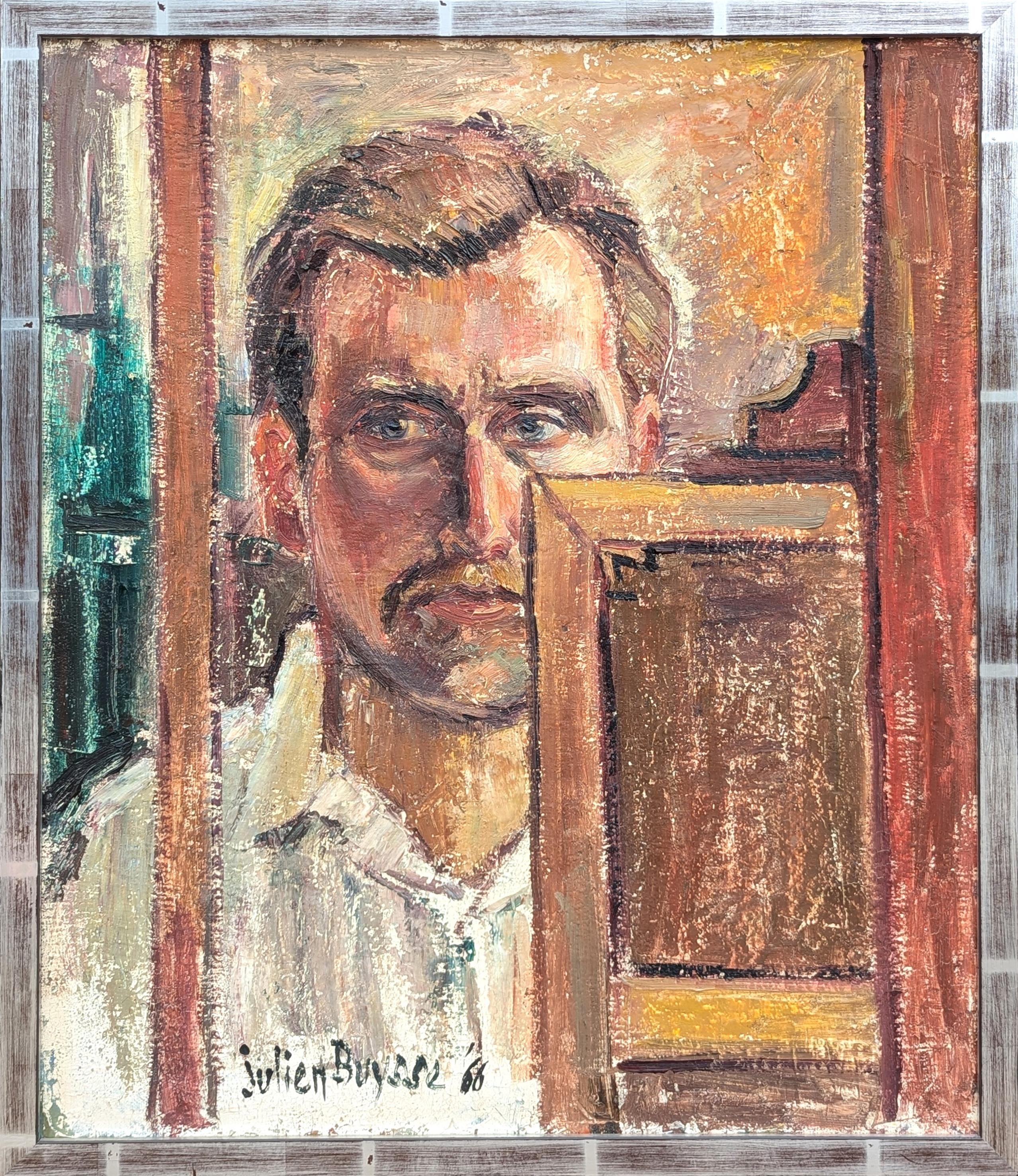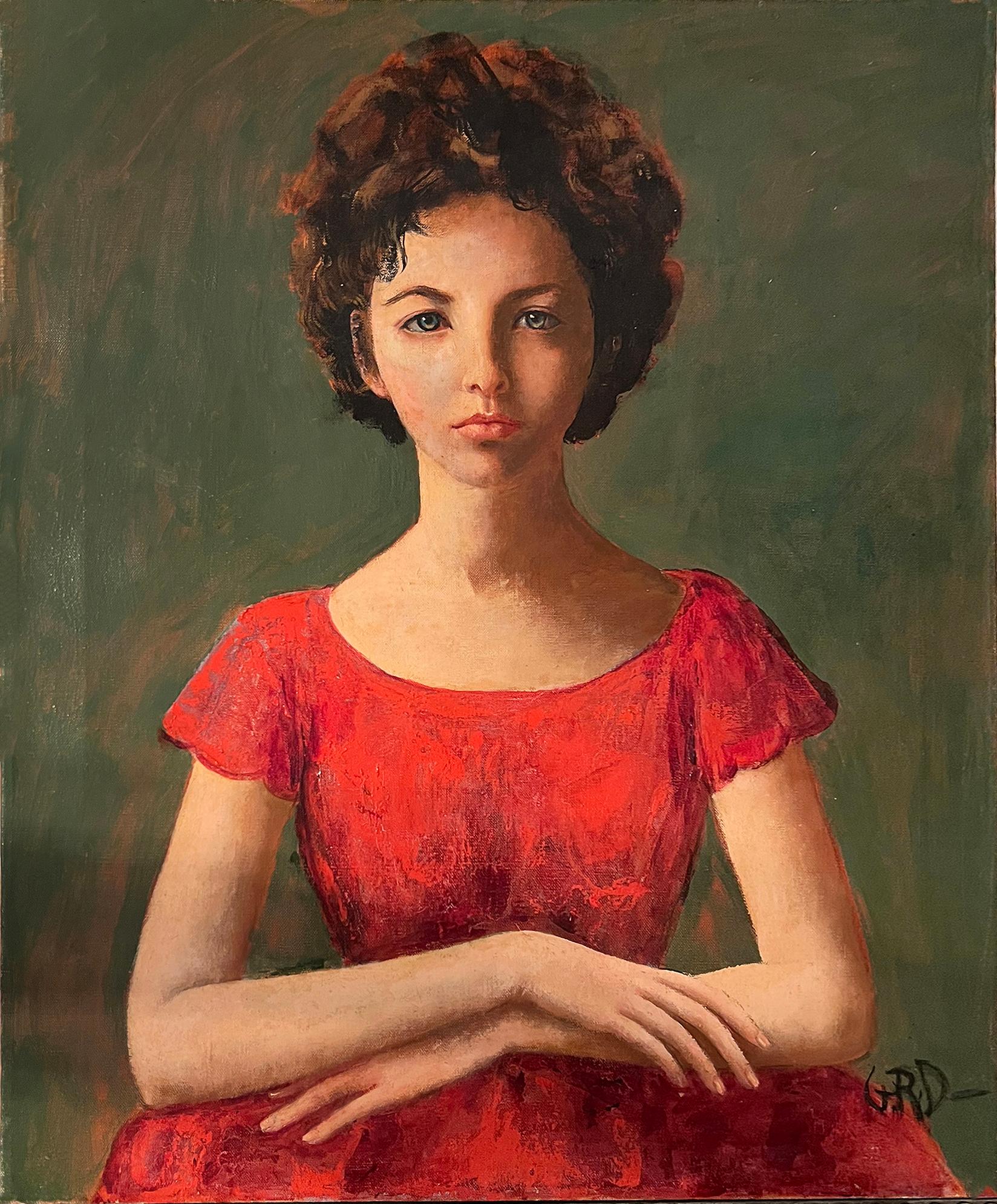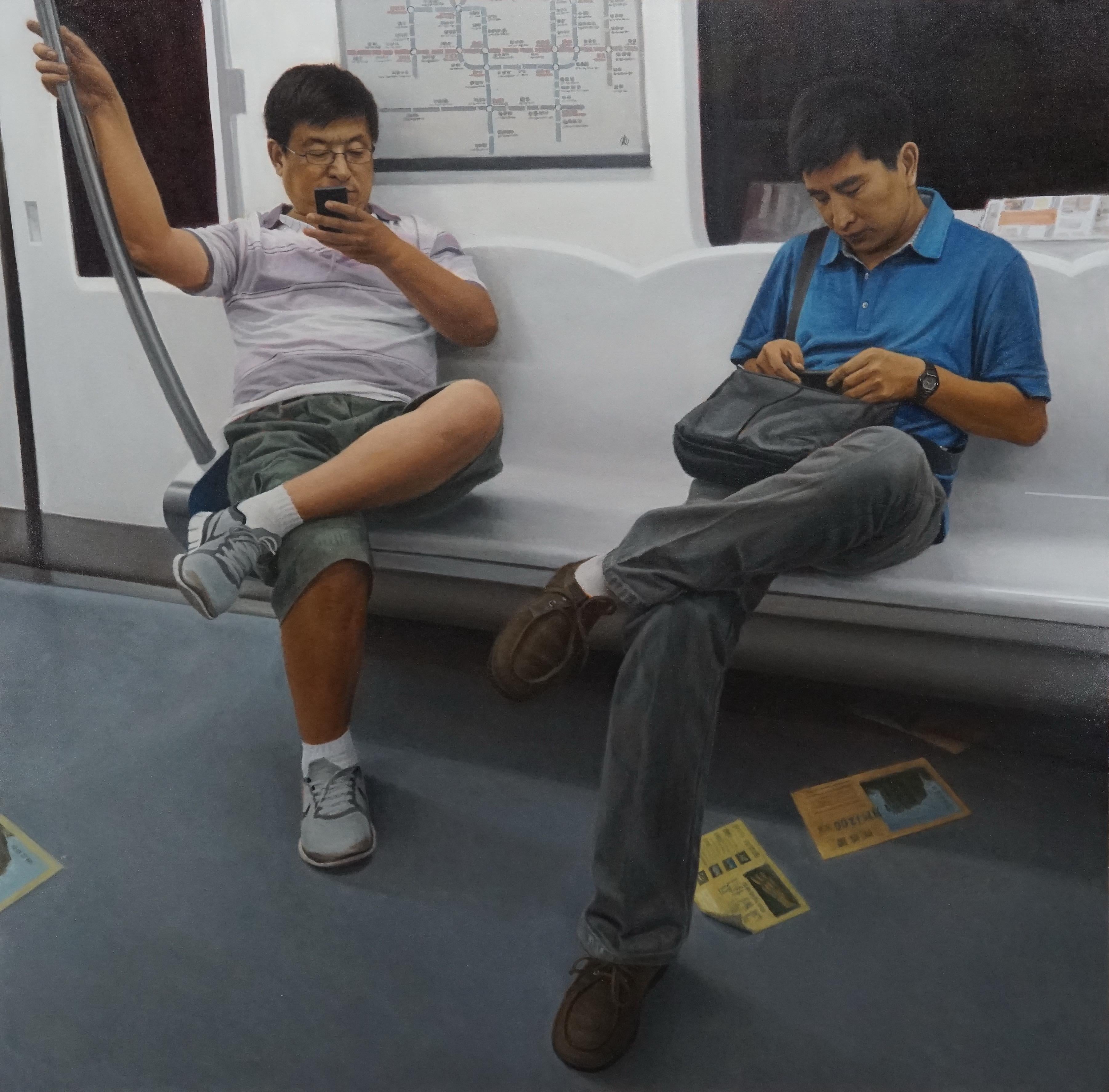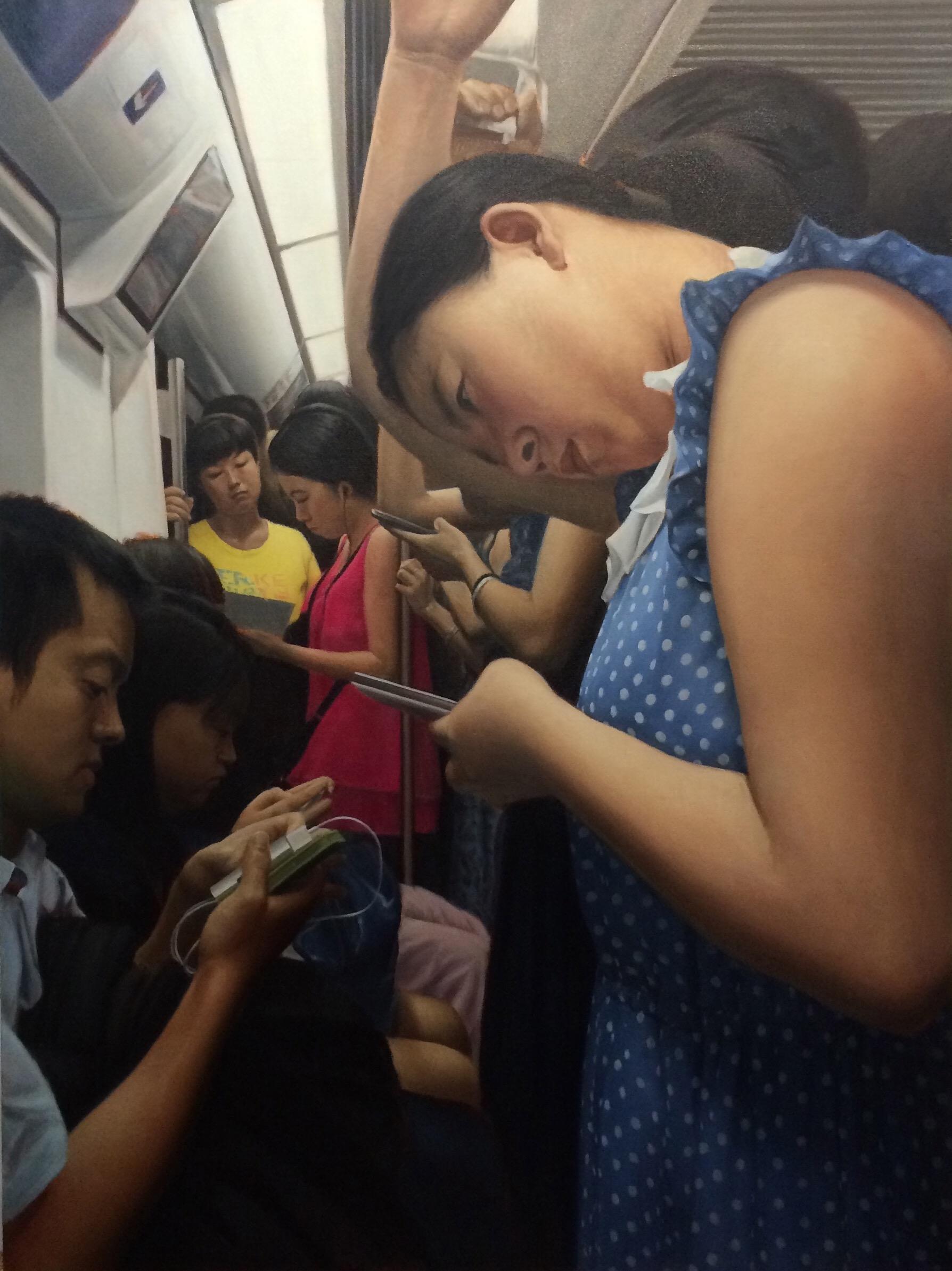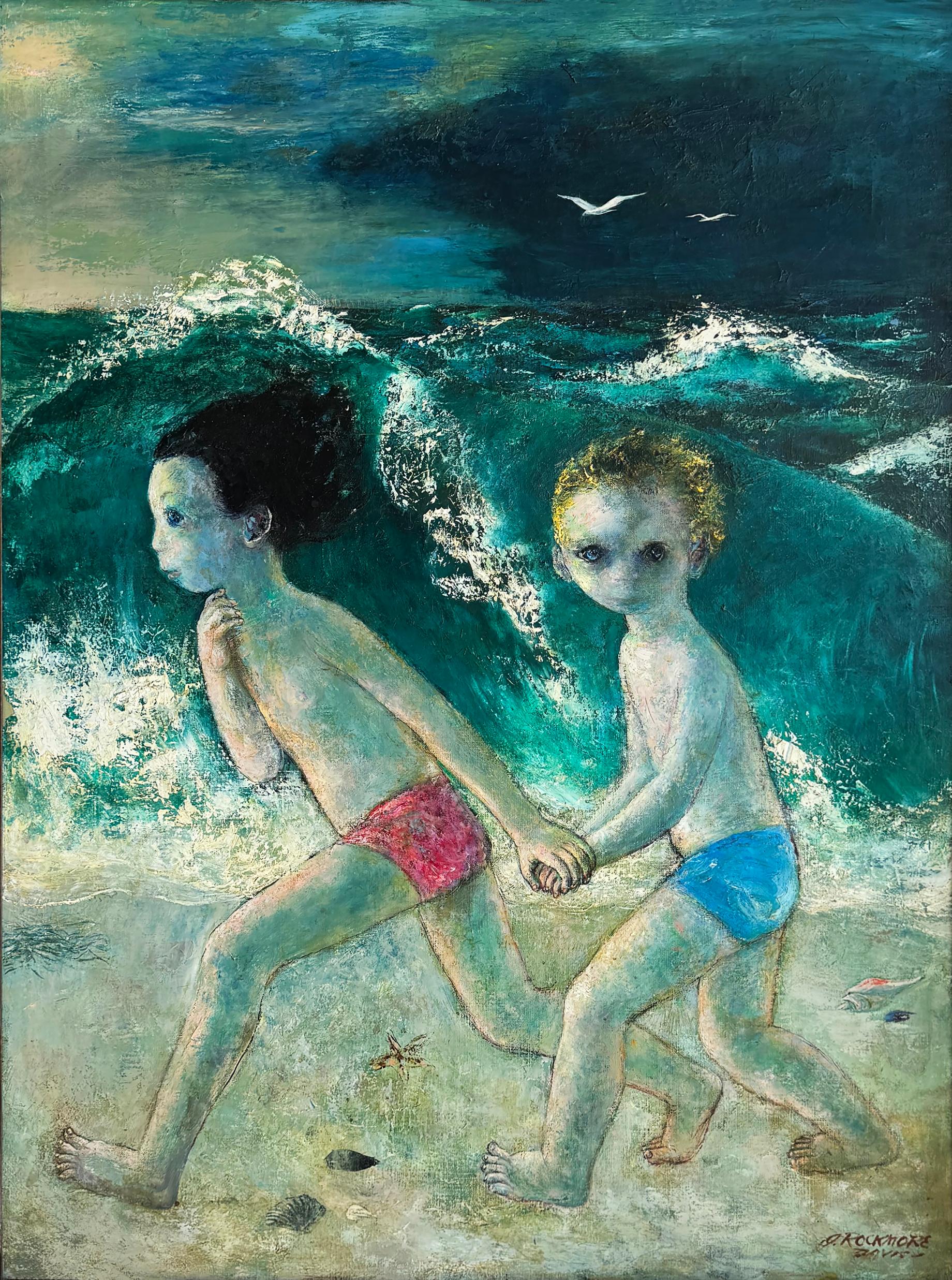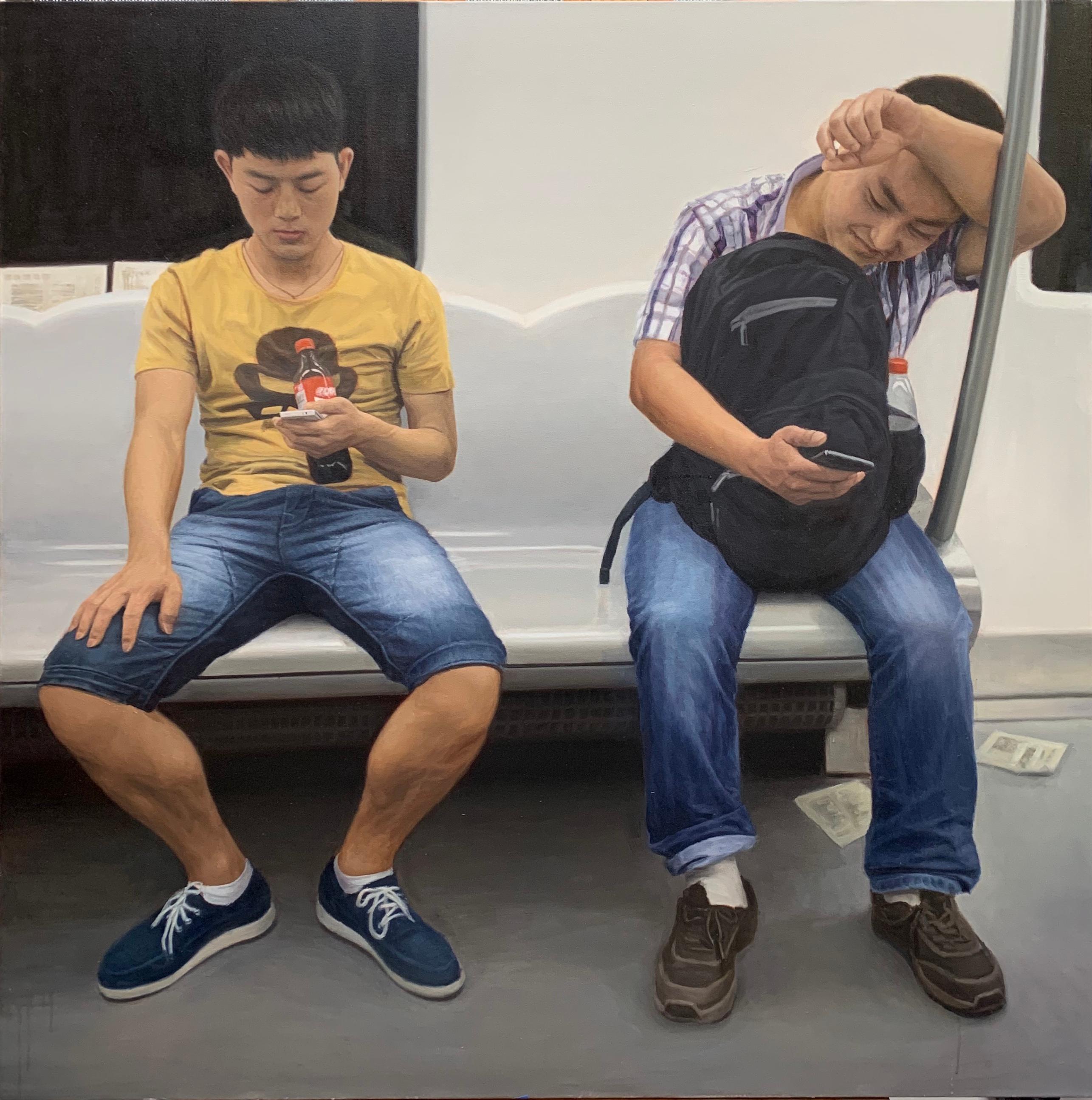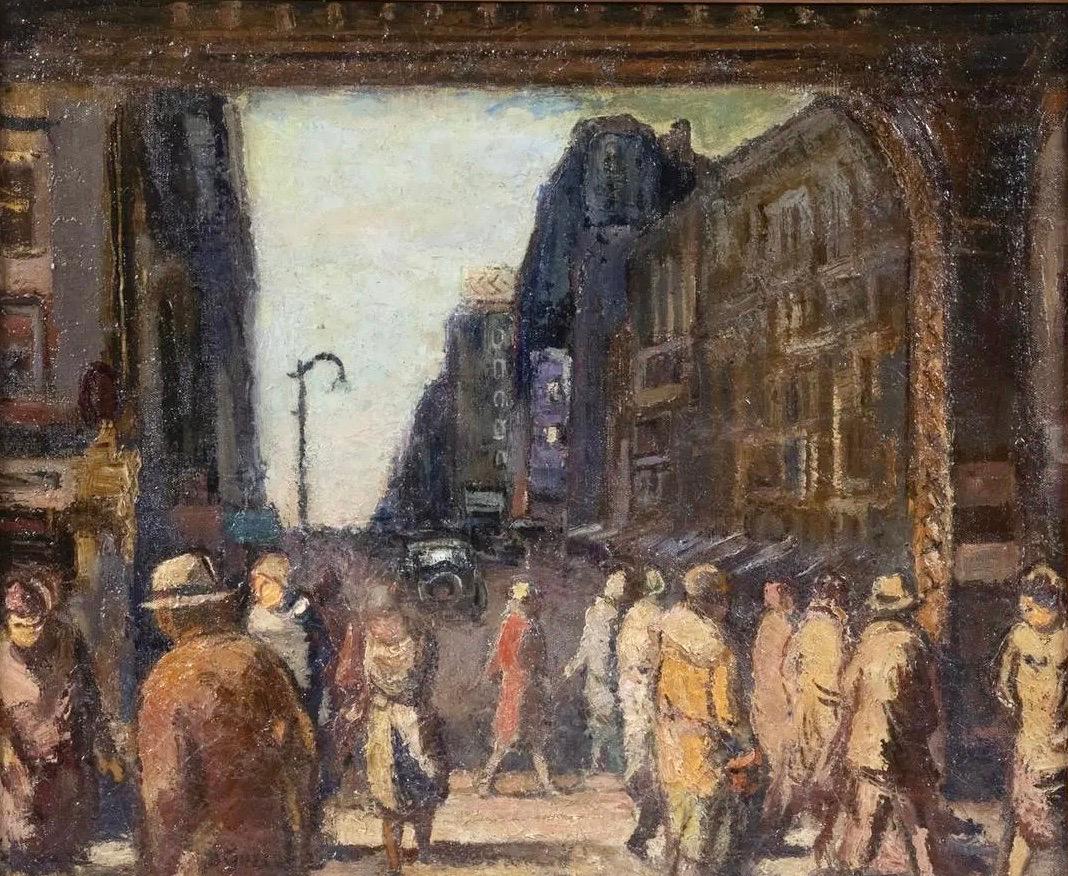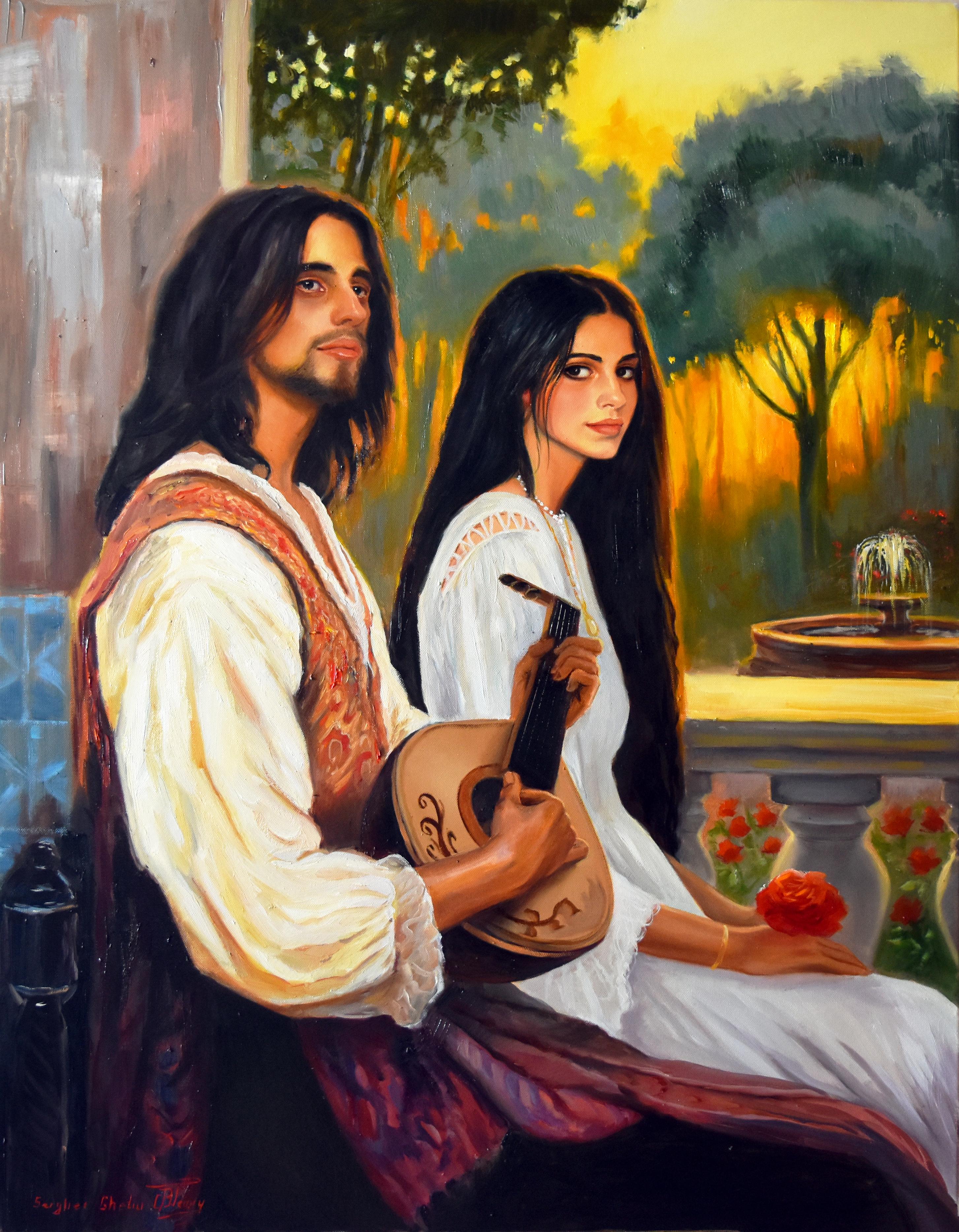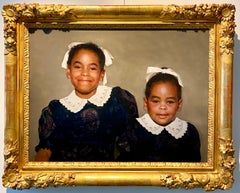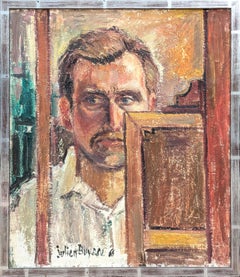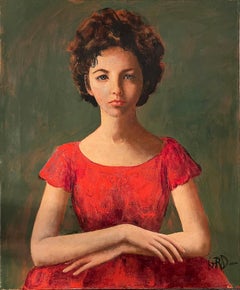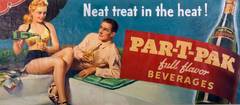
Nehi Soda Par-T-Pak
1 of 7
Frederick Sands BrunnerNehi Soda Par-T-Pak1940s
1940s
$3,850List Price
About the Item
- Creator:Frederick Sands Brunner (1886 - 1954, American)
- Creation Year:1940s
- Dimensions:Height: 24 in (60.96 cm)Width: 33.5 in (85.09 cm)
- Medium:
- Movement & Style:
- Period:
- Condition:Work has benefited from some restoration and is handsomely lined and framed with some apparent craquelure in the surfaces.
- Gallery Location:Minneapolis, MN
- Reference Number:1stDibs: LU1222511762
Authenticity Guarantee
In the unlikely event there’s an issue with an item’s authenticity, contact us within 1 year for a full refund. DetailsMoney-Back Guarantee
If your item is not as described, is damaged in transit, or does not arrive, contact us within 7 days for a full refund. Details24-Hour Cancellation
You have a 24-hour grace period in which to reconsider your purchase, with no questions asked.Vetted Professional Sellers
Our world-class sellers must adhere to strict standards for service and quality, maintaining the integrity of our listings.Price-Match Guarantee
If you find that a seller listed the same item for a lower price elsewhere, we’ll match it.Trusted Global Delivery
Our best-in-class carrier network provides specialized shipping options worldwide, including custom delivery.You May Also Like
Two Happy Sisters - Portrait of two black girls - Royal
Located in Aartselaar, BE
A portrait of two young girls by the Royal Portraitist Chen Yanning.
Both the artist as well as the sitters of this magnificent portrait are from racial...
Category
19th Century American Realist Portrait Paintings
Materials
Canvas, Oil
"Portrait of the Artist" Early Realistic Neutral Toned Figurative Painting
Located in Houston, TX
Early realistic neutral toned portrait painting by Belgian artist Julien Buysse. The work features a depiction of the artist as he sits at an easel while working on a canvas. Signed ...
Category
1960s American Realist Portrait Paintings
Materials
Canvas, Oil
Woman in a Red Dress, Mid Century Female Illustrator/ Artist, Elizabeth Taylor ?
By Gladys Rockmore Davis
Located in Miami, FL
Mid-century female illustrator/artist Gladys Rockmore Davis paints a compelling portrait of a contemplative beauty who looks like Elizabeth Taylor. Frontal and lateral forces work together in this pyramidal composition. The sitter stares down at the viewer creating a frontal tension. Her hypnotic gaze is counterbalanced by the lateral movement of her crossed hands and triggers an emotional response. Gladys Rockmore Davis is both a work-for-hire illustrator and a fine artist- She was an illustrator for clients such as Upjohn, Munsingwear, Elgin Watches, and Johnson & Johnson. Davis had a show at the prestigious Midtown Gallery and Babcock Gallery in New York. She studied at the California School of Fine Arts, Art Institute of Chicago, and Art Students League. William R. French Gold Medal...
Category
1950s American Realist Portrait Paintings
Materials
Canvas, Oil
Subway no. 4 - Beijing
Located in Burlingame, CA
BING ZHANG's Subway no. 4, 48 x 48 inches, oil on canvas. Proudly presented by Andra Norris Gallery in California.
Bing Zhang’s Subway painting series explores themes of class, labo...
Category
21st Century and Contemporary American Realist Figurative Paintings
Materials
Canvas, Oil
Subway no. 2 - Beijing
Located in Burlingame, CA
BING ZHANG's Subway no. 2, 48 x 36 inches, oil on canvas. Proudly presented by Andra Norris Gallery in California.
Bing Zhang’s Subway painting series explores themes of class, labo...
Category
21st Century and Contemporary American Realist Figurative Paintings
Materials
Canvas, Oil
Innocent Summer Fun Children Running at the Beach
By Gladys Rockmore Davis
Located in Miami, FL
The innocence of youth is personified in this charming painting, which depicts an older sister and younger brother running on the beach amidst crashing waves. The boy looks at the vi...
Category
1950s American Realist Figurative Paintings
Materials
Canvas, Oil
Recently Viewed
View AllMore Ways To Browse
Westminster Etching
Yvette Guilbert Lithograph
18th C Botanical Engravings
60s Vanity
Aaron Donner
Alexander Mcqueen Art Prints
Antique Jar Drawing
Arman Accumulations
Barbara Doyle
Bird Of Prey Sculpture
Bob Gruen Sex Pistols
Brandt Nick
Bronze Nude B
Claude Etching Lorrain
Deadly Sins
Erte Dress
Erte Suite
Eskimo Prints
